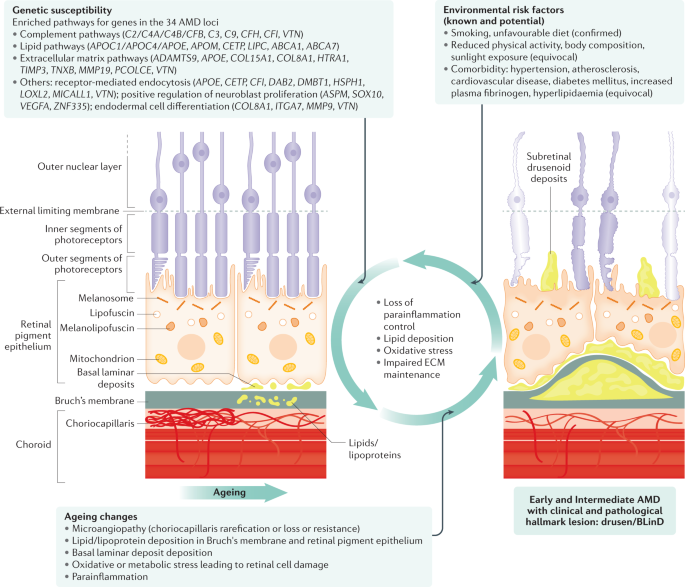

The RPE are specialized cells that phagocytize the shed outer segments of photoreceptors, and are the most active phagocytizing cells of the body ( 4). Photoreceptors require a large membrane surface area for phototransduction, and have a large outer segment that must be continuously replaced. The buildup of debris within retinal pigment epithelial (RPE) cells and under the RPE layer is considered a hallmark of AMD development and progression ( 3). Its prevalence is expected to rise as aging populations rise and ~288 million people will be affected by AMD by 2040 ( 2). Given the need for additional therapeutic approaches for ocular inflammatory diseases, targeted complement modulation has emerged as a leading candidate for eliminating inflammation-driven ocular maladies.Īge-related macular degeneration (AMD) is the leading cause of blindness of the elderly in the Western world ( 1). Herein, we will summarize ocular inflammation in the context of AMD disease progression, current clinical outcomes and complications of complement-mediated therapeutics. First-in-class complement inhibitors target the modulation of complement proteins C3, C5, factor B, factor D, and properdin. Recent studies have outlined potential complement cascade inhibitors that might mitigate AMD disease progression. To date, a major focus of complement therapeutics has been on targeting the alternative complement system in AMD. The mechanism for complement disease propagation in AMD is not fully understood, although there is accumulating evidence showing that targeted modulation of complement-specific proteins has the potential to become a viable therapeutic approach. The complement system, an intrinsic component of the innate immunity, has an integral role in maintaining immune-surveillance and homeostasis in the ocular microenvironment however, overstimulation can drive ocular inflammatory diseases. Ocular inflammation is a defining feature of sight threating diseases and its dysregulation can catalyze and or propagate ocular neurodegenerative maladies such as age-related macular degeneration (AMD).




 0 kommentar(er)
0 kommentar(er)
